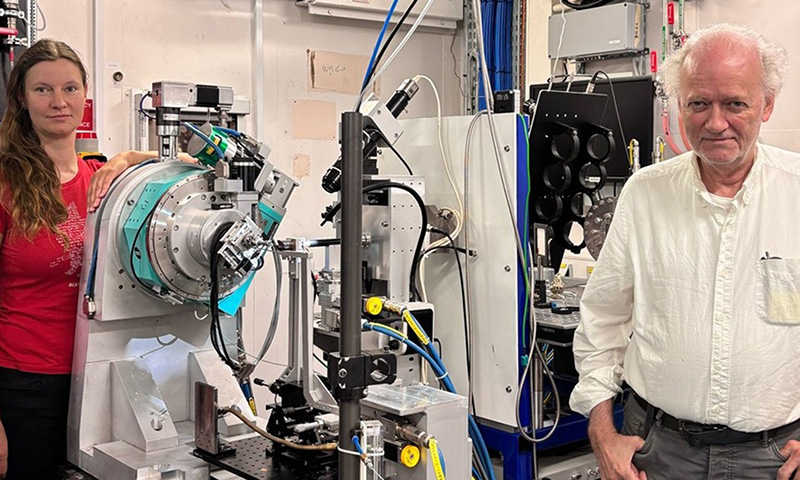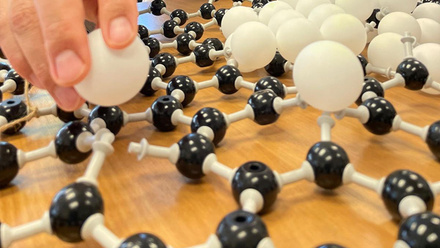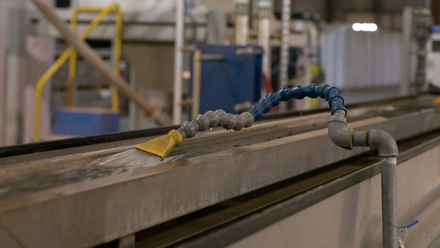Future quantum tech may benefit from clay
Physicists say clay can be useful in crafting sustainable quantum technology.

Norwegian University of Science and Technology (NTNU) researchers have found a naturally occurring clay material with promising properties for use in quantum technology.
The material is 2D, a semiconductor and antiferromagnetic.
‘Quantum technology is often associated with synthetic materials that have been developed in advanced, completely clean environments,’ says Professor Jon Otto Fossum from NTNU’s Department of Physics. ‘We have found a naturally occurring clay material with sought-after properties for use in quantum technology,’ he says.
Barbara Pacáková, a researcher at NTNU’s Department of Physics explains, ‘What we found is essentially a quantum‑active component formed by nature. It is stable, non‑toxic, abundant, and appears in a structure that is already usable — especially exciting in the context of sustainable materials.’
The clay will still require extensive work to make it usable in this area. ‘Advanced methods are still needed to extract the material, examine it and find out how it can be used in technology,’ says Pacáková.
Fossum adds that the material is not antiferromagnetic at room temperature. Although he notes, ‘We don’t just look for flawless materials created in laboratories, but look for natural materials that can also be used. This allowed us to identify this material.’
The findings are the result of an international partnership led by the Norwegian University of Science and Technology (NTNU), in close collaboration with physicists at the Universidade de São Paulo (USP) in Brazil, the European Synchrotron Radiation Facility (ESRF) in Grenoble, France, and Univerzita Karlova in Prague, Czech Republic.




